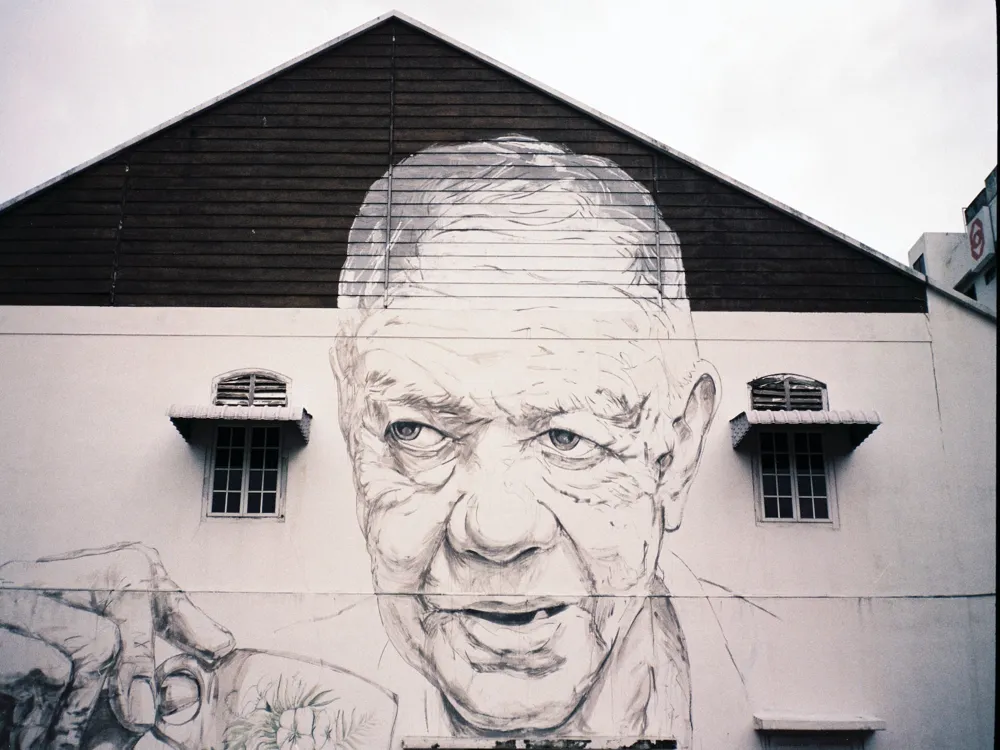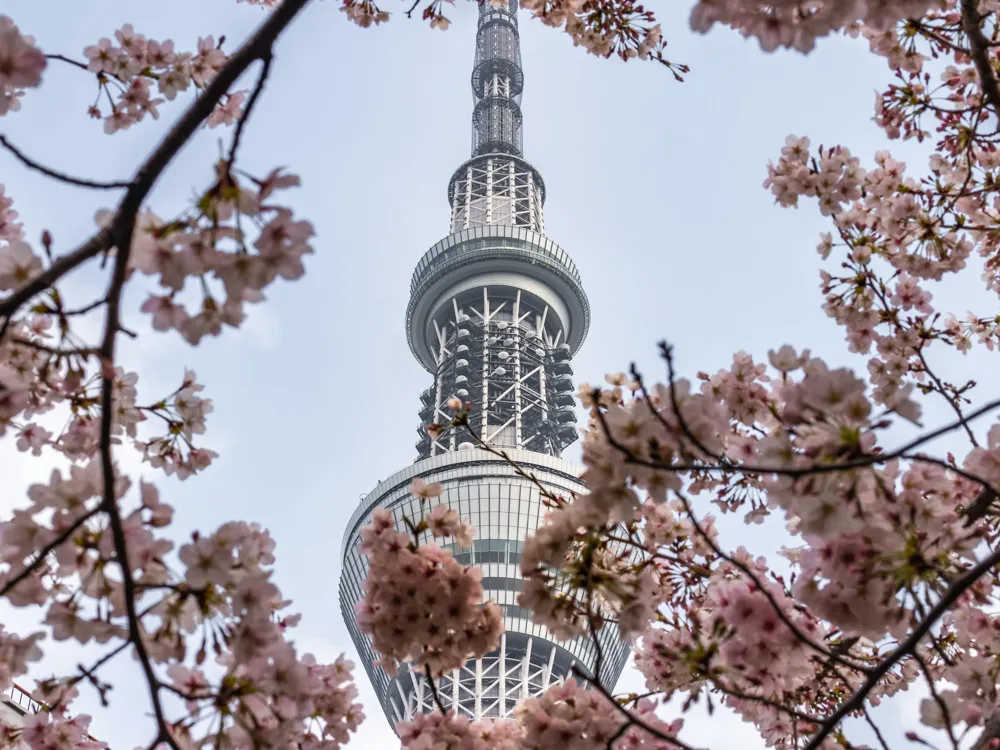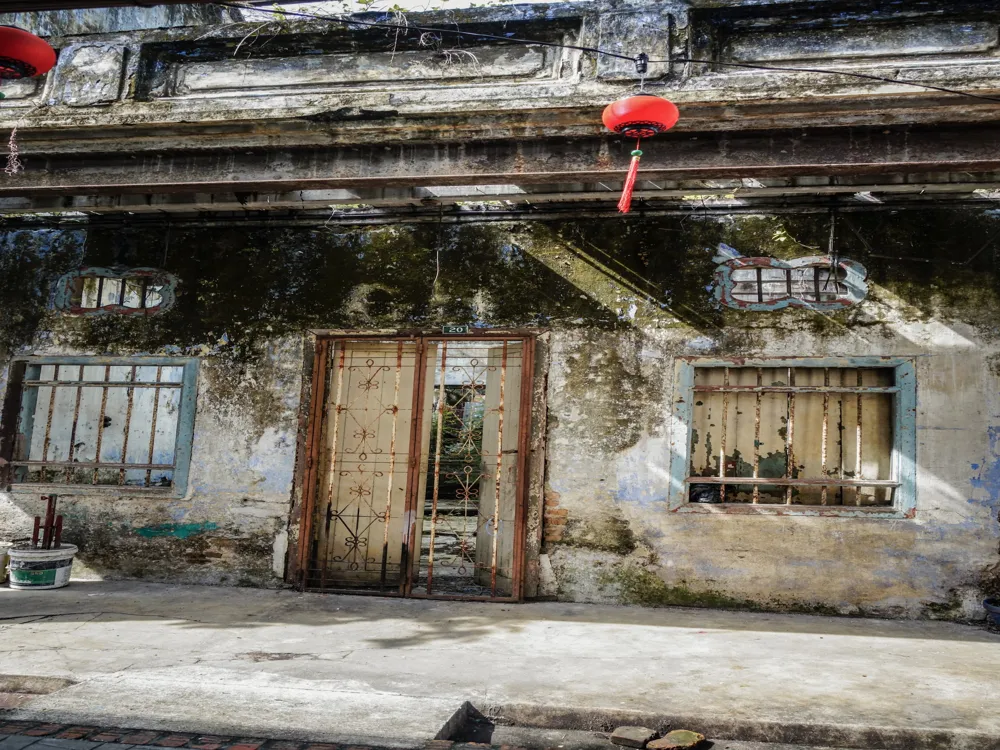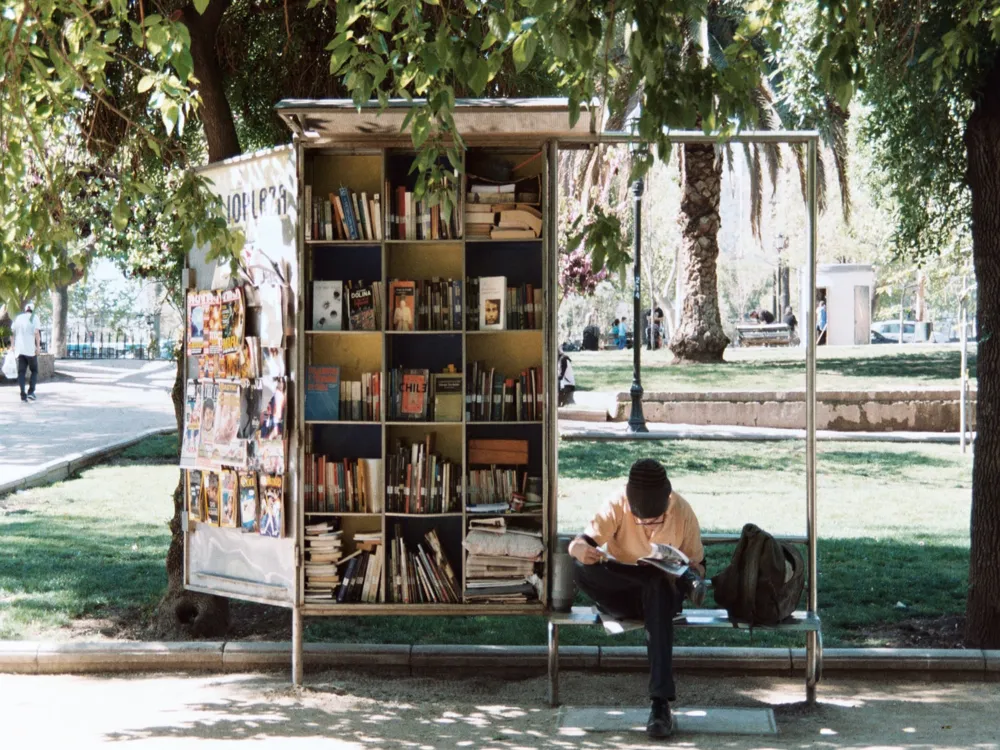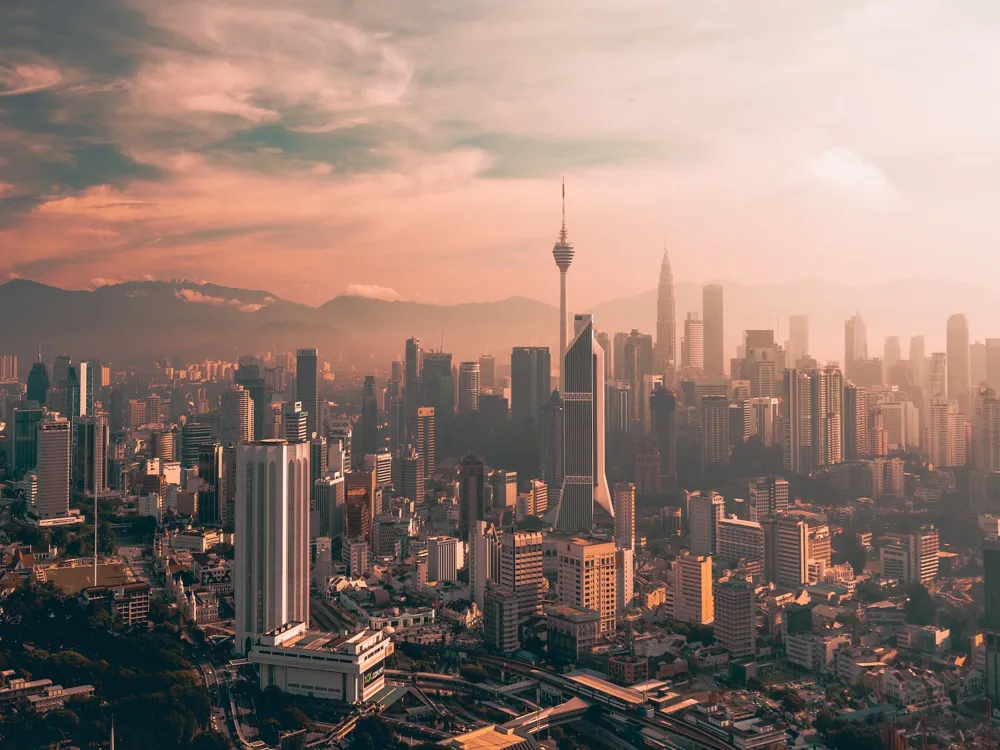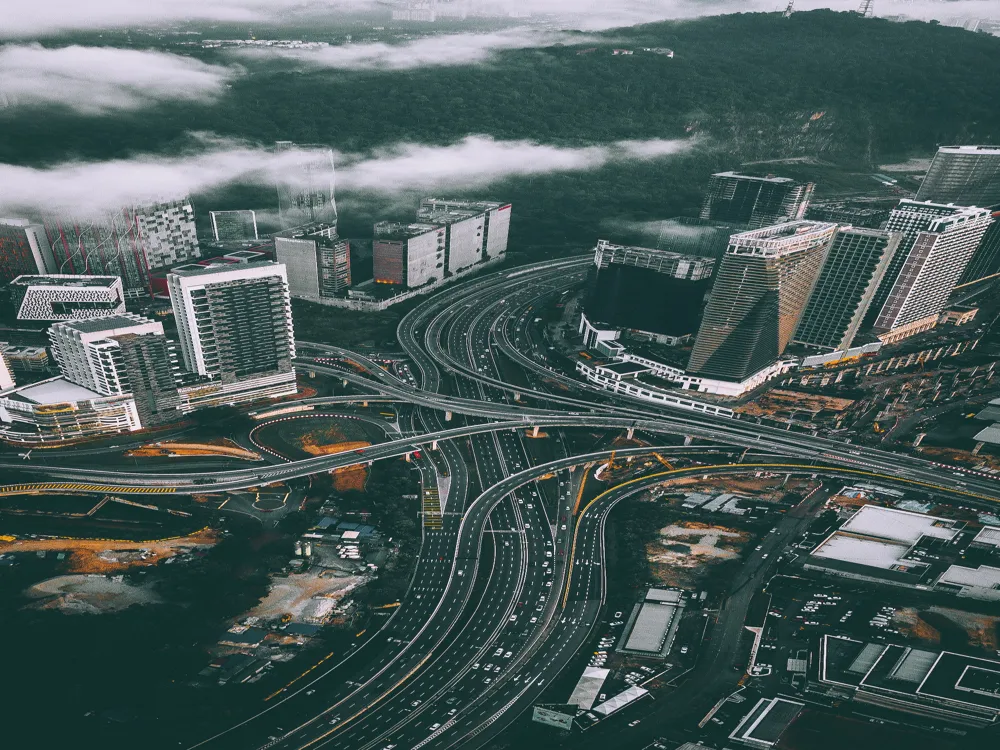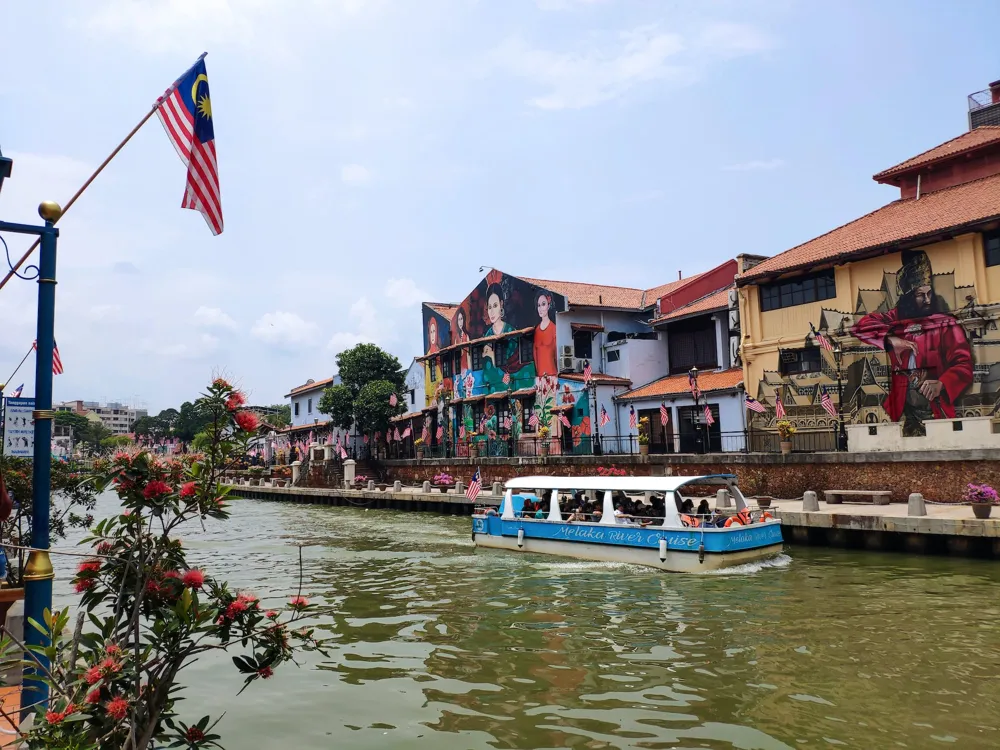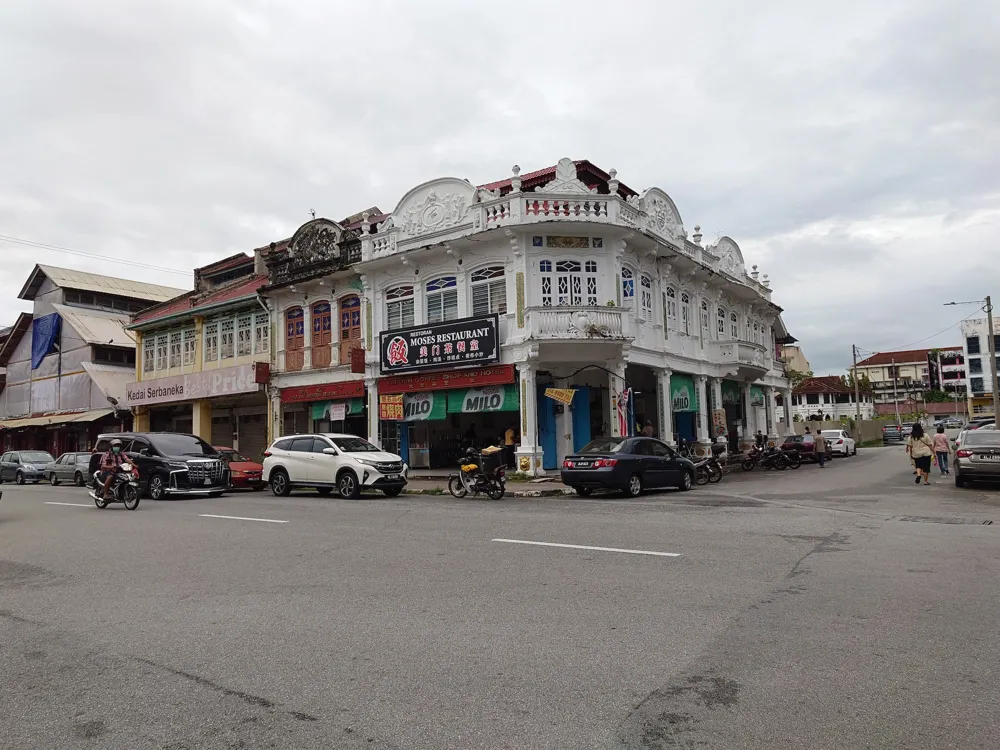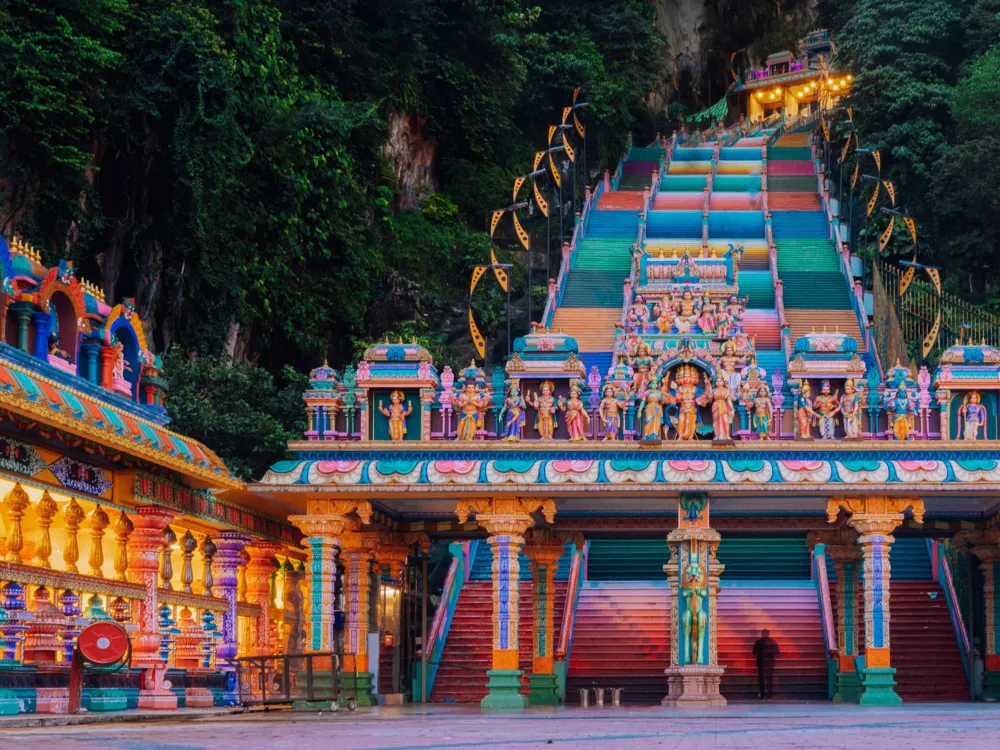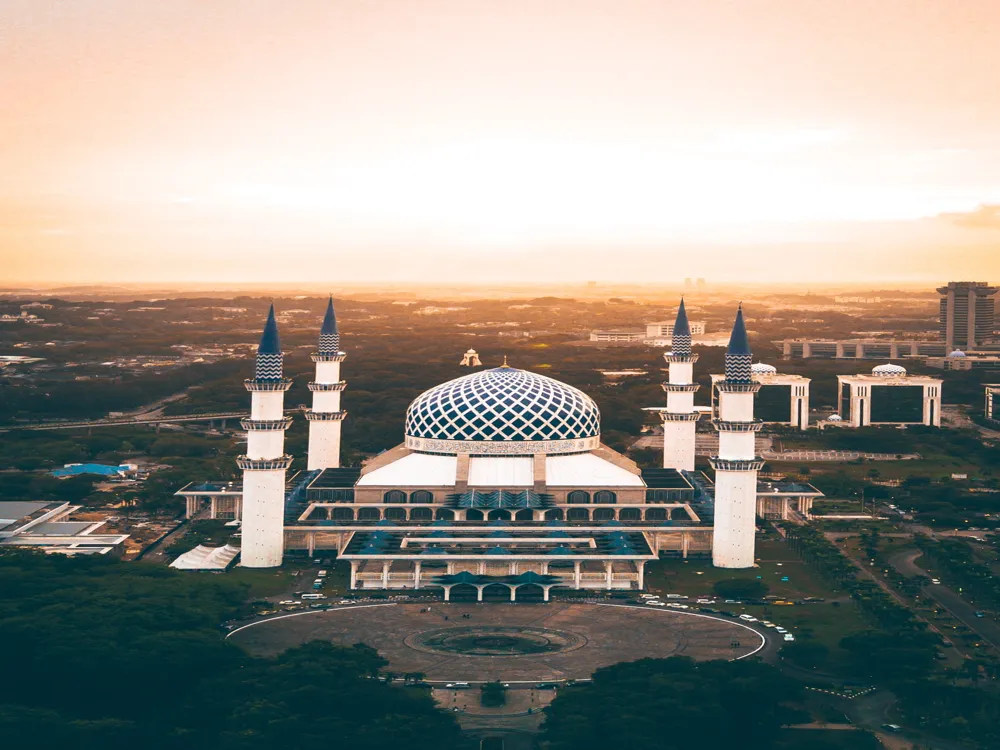The Geological Museum in Ipoh, located in the heart of Perak, Malaysia, is a remarkable destination for enthusiasts of Earth sciences and those curious about the natural history of the region. Established in 1957, the museum has since become a bastion of geological knowledge, showcasing a diverse array of mineral, rock, fossil specimens, and geological maps, which collectively narrate the geological story of Malaysia, particularly the Peninsular. The museum's collection, comprising over 600 samples, is meticulously curated to provide insights into the geological history of the region. These samples range from minerals to rocks and fossils, each telling a unique story about the Earth's past. The museum also places a strong emphasis on the tin mining history of Malaysia, which played a significant role in the country's development. This aspect is particularly highlighted through exhibits that showcase the tools, techniques, and geological insights that underpinned the tin mining industry. Another significant aspect of the Geological Museum is its educational role. It serves as a vital resource for students, researchers, and educators in the field of geology. Interactive displays and well-informed guides make the complex subject of geology accessible and engaging for visitors of all ages. The museum also frequently hosts workshops, seminars, and educational programs aimed at promoting awareness and understanding of geological phenomena. The museum's architecture, which we will delve into more deeply in the following section, is also a point of interest. It reflects the geological significance and the natural heritage of Malaysia, thus adding another layer of intrigue to the visitor experience. The Geological Museum in Ipoh is not just a repository of geological specimens; it's a center for learning, exploration, and appreciation of the natural world. The architecture of the Geological Museum in Ipoh is a fascinating blend of functional design and symbolic representation. The building itself is a testament to the rich geological heritage of Malaysia, with its structure and aesthetics deeply rooted in geological themes and motifs. The museum's exterior is adorned with various types of rocks and minerals that are native to Malaysia. This not only makes the building visually striking but also serves an educational purpose, as visitors are introduced to the geological diversity of the region even before entering the museum. The entrance of the museum is particularly noteworthy, featuring a pathway lined with different types of rocks, each labeled with informative plaques. Inside, the museum's layout is thoughtfully designed to guide visitors through a chronological journey of the Earth's geological history. The exhibition areas are arranged in a manner that mirrors the progression of geological time, from the Precambrian to the current Holocene epoch. This design choice not only aids in the educational aspect but also enhances the overall visitor experience. Attention to detail is evident in every corner of the museum. The use of natural light is strategically planned to highlight the natural beauty of the mineral exhibits. The interior walls are adorned with murals and paintings that depict geological landscapes and historic mining scenes, immersing visitors in a world where geology comes alive. The architecture of the Geological Museum in Ipoh is more than just a shelter for its exhibits; it is an integral part of the narrative the museum tells. Its design not only facilitates the educational purpose of the museum but also adds to its charm and appeal, making it a unique and memorable destination. Before visiting the Geological Museum in Ipoh, it's advisable to check the opening hours and any special events or exhibits that might be happening. Planning your visit in advance can help you make the most of your time at the museum. Consider joining a guided tour. The museum offers guided tours which are highly informative and can greatly enhance your understanding of the exhibits. While photography is usually allowed, it's important to check the museum's photography policy beforehand. Flash photography may be prohibited to protect the exhibits. Wear comfortable shoes and clothing. As there is quite a bit to see, you'll likely be on your feet for a while. Don't miss out on the interactive exhibits. These can be particularly engaging and educational, especially for younger visitors. Read the informational plaques and displays. They provide valuable context and background information that can enrich your understanding of the exhibits. The Geological Museum Ipoh is accessible via various modes of transportation. For those driving, the museum is located near the North-South Expressway and is easily reachable by car. There is ample parking available on site. Public transport is also a convenient option. Buses and taxis are available from Ipoh city center to the museum. For visitors coming from outside of Ipoh, the train is a comfortable and scenic option, with the Ipoh railway station being a major stop on the Keretapi Tanah Melayu (KTM) line. From the railway station, the museum is just a short taxi or bus ride away. For international visitors, the nearest airport is the Sultan Azlan Shah Airport in Ipoh. From the airport, the museum can be reached by taxi or rental car. It's advisable to check the local traffic and transportation updates to ensure a smooth journey to the museum. Read More:Overview of Geological Museum Ipoh
Architecture of Geological Museum Ipoh
Tips When Visiting Geological Museum Ipoh
Plan Your Visit
Guided Tours
Photography
Dress Appropriately
Interactive Exhibits
Stay Informed
How To Reach Geological Museum Ipoh
Geological Museum Ipoh
Ipoh
Perak
NaN onwards
View ipoh Packages
Weather :
Tags : Museum
Location : Jalan Sultan Azlan Shah, 30820 Ipoh, Negeri Perak, Malaysia
Time Required : 2-3 hours
Entry Fee : Free
Timings : Monday to Thursday - 09:00 AM to 12:30 PM and 02:00 PM to 04:30 PM
Friday - 09:00 AM to 12:00 PM and 03:00 PM to 04:30 PM
Closed on Saturday, Sunday, and public holidays
Planning a Trip? Ask Your Question
Ipoh Travel Packages
View All Packages For Ipoh
Top Hotel Collections for Ipoh

Private Pool

Luxury Hotels

5-Star Hotels

Pet Friendly
Top Hotels Near Ipoh
Other Top Ranking Places In Ipoh
View All Places To Visit In ipoh
View ipoh Packages
Weather :
Tags : Museum
Location : Jalan Sultan Azlan Shah, 30820 Ipoh, Negeri Perak, Malaysia
Time Required : 2-3 hours
Entry Fee : Free
Timings : Monday to Thursday - 09:00 AM to 12:30 PM and 02:00 PM to 04:30 PM
Friday - 09:00 AM to 12:00 PM and 03:00 PM to 04:30 PM
Closed on Saturday, Sunday, and public holidays
Planning a Trip? Ask Your Question
Ipoh Travel Packages
View All Packages For Ipoh
Top Hotel Collections for Ipoh

Private Pool

Luxury Hotels

5-Star Hotels

Pet Friendly








